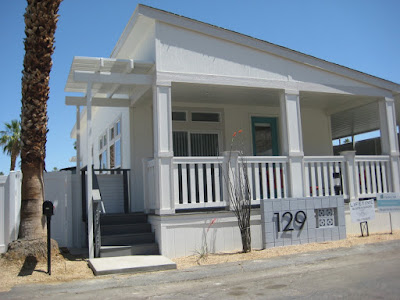Some people are like homing pigeons. They find a comfortable niche and never want to leave it. The most noticeable example are folks raised in small towns who can’t wait to get out of Dodge then return to raise their families in the same environment they actually felt so fulfilling as children themselves. There is something intrinsic in their DNA that compels them to return to their roots.
Then
there those who stay with a company or institution for the duration
of their working career. It might be a comfortable situation, a pay
grade they don’t want to give up, security, insecurity in the open
marketplace or any other reason that keeps them tied to their desk
and job title.
I’ve
left a couple of great companies after several years of employment
only because I found a slightly greener pasture across a different
time zone. MCPB, The Maryland Center for Public Broadcasting was one
of the best jobs I ever had. I absolutely loved it there but still
the time came to move on. I guess there are just some of us who
can’t sit still.
As
the first public television station in the Twin Cities, KTCA seemed
to have a grace period from roughly its inception in 1957 through the
end of the Sixties. After that, management changes, staff departures
and a shift in programming philosophy drained off the rough-hewn
experimental, challenging directions we were going in. The station
became a PBS affiliate and along with their wonderful new programming
also came a uniformity and conformity that a lot of us early pioneers
felt confining. So we left in drips and drabs and then we were gone.
WTCI;
the public television station in Chattanooga, Tennessee was just a
blip on my career ladder. What can I say; it was the Deep South in
the early Seventies and as one crew member said to me: “We don’t
cotton much to Yankees telling us what to do.” He meant it and that
pretty much sealed the deal for me. We made some wonderful friends
down there; many of whom we still exchange Christmas cards. But for
the most part, they continued growing cotton and I headed north.
The
Maryland Center for Public Broadcasting was probably one of my best
jobs. Great institution, outstanding management, wonderful staff and
crew, fulfilling job and the opportunity to explore much of the East
Coast.
It
was five years of firsts for me: First child born, first home
purchased, first two novels written, first inkling to buy real estate
and start my own business, my own program distribution business,
first time I jogged three miles on a high school track and began
forty-seven years of running. We lived the East Coast lifestyle and
loved it.
The
MCPB Facebook web site talks about that period as ‘Camelot’ and
to a lot of us past staffers, that’s exactly what it was…for a
period of time. Then over time budgetary issues, management changes
and a distillation of some of the creative staff changed the culture
and thus the heart of the institution. Many stayed on. I left to
return home and gradually, I’m told, Camelot began to fade away. At
least that was my perspective from afar.
There
were a few other companies, some brief and others extended, after
MCPB. They all seemed to begin with a bang and then gradually morph
into a sad reminder of what they once had been. It might have been a
graduated calcification of the creativity that attracted me to them
in the first place. It might have been the laurel-resting after their
first blush of success. In the end it wasn’t the same environment
that nurtured my hunger. Others felt contentment there. I felt
hollowness behind the façade of past congratulations for a job well
done. So I left. They continued on. I grew. I don’t think they did.
Sometimes
education, city government and politics all share the same evasive
value of being great one moment and in transition, the next. This is
not a value judgment but rather a reflection of the innate character
of those institutions. Many staffers learn to live with the fluidity
of their environment or accept the reliable, constant that their
lives have become. I could tolerate neither and thus moved on.
Sharon
and I have evolved, changed, morphed and switched color palates many
times in our lives together and each transition seemed to fit us at
the moment. Then opportunity or circumstance nudged us down yet a
different road again.
Now
in lieu of retirement Sharon is an artist and I am a writer. It
nurtures us and gives reason for the sunrise each morning.
Enough
said.




























































